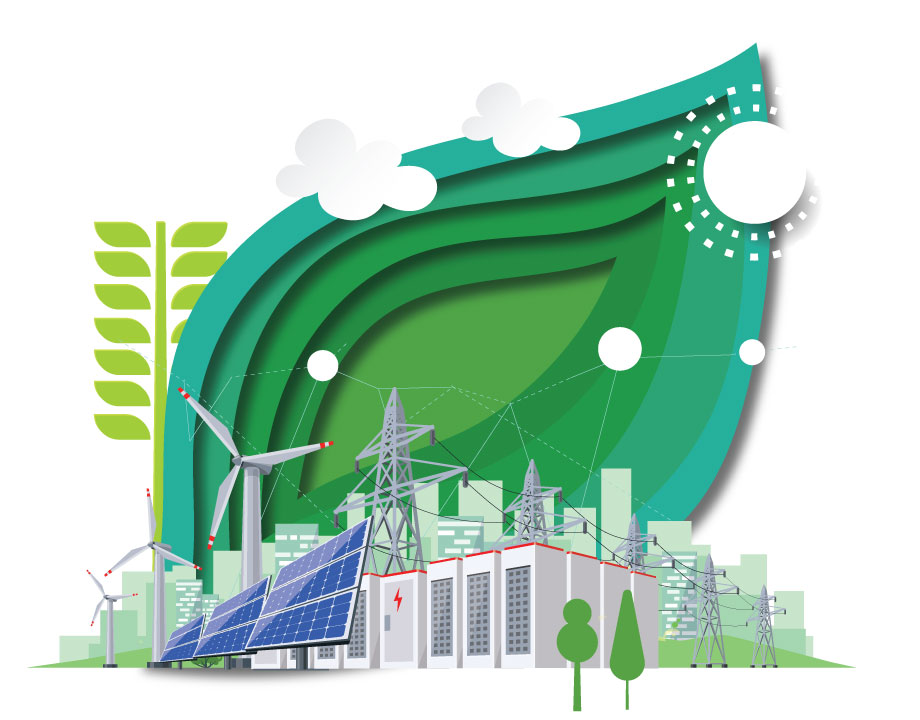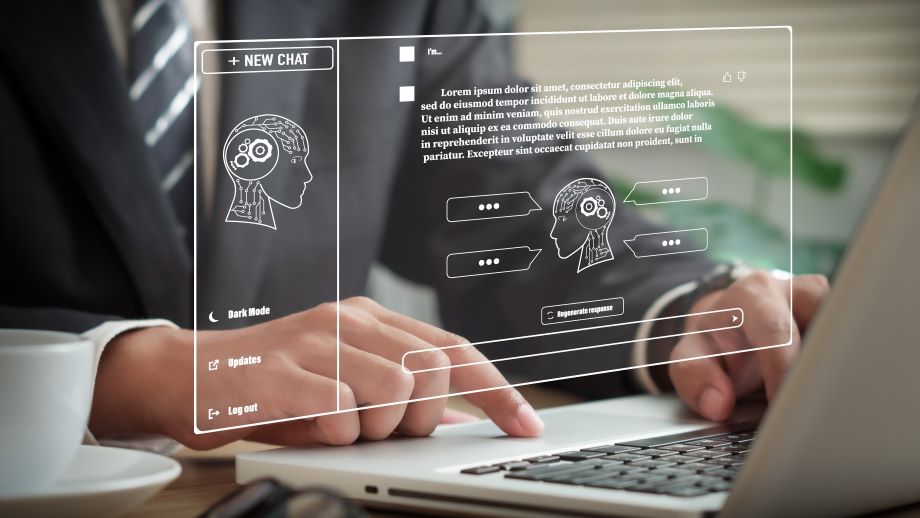Energy Blog: The Case for Cross-Sectoral Disruptions
Energy Blog: The Case for Cross-Sectoral Disruptions


When the innovations come from unexpected directions, we need as many points of view as possible.
Personal transportation has been a great liberator for modern society, but the resultant downsides—from national security implications of oil imports to the health impact of air pollution and now the global threat of carbon dioxide emissions—have inspired all sorts of policy and market solutions that intended slowly but surely to remake the sector.
The proposals were drearily similar,, and pace of change was grindingly slow. Recently, though, transportation has undergone a seismic shift. But it wasn’t due to enacting a familiar efficiency measure or traffic planning solution. Individual auto ownership in the United States seems to have peaked due to widespread adoption of the smartphone.
I’m writing this column from Paris, where hailing a cab is a mysterious art, especially at off hours, in bad weather, or on quiet residential streets. In 2008, two North American travelers discovered this problem themselves on a snowy night and resolved to fix it.
More for You: The Texas Power Crisis Didn’t Have to Happen
Their timing was fortuitous: a year earlier the iPhone made its debut and a few months before these stranded travelers struggled to hail a cab, the Android smartphone platform was launched. Unbeknown to anyone, the smartphone, with an embedded GPS chip that can conveniently track location, was a transformative transportation technology.
In March 2009, these two weary travelers turned problem solvers, Garrett Camp and Travis Kalanick, formed a startup they thought would make it easier to hail a cab. Their company, Uber, did more than that: By producing the convenience of point-to-point trips without the necessity of having one’s own car, the company disrupted the century-old concept of individual auto ownership. The company is so successful that its name is now a byword for a whole slew of mobility services.
The expert conversation in the 2000s about how to disrupt the transportation sector completely missed the handheld technology that actually accomplished the feat.
But it’s not unusual for innovations from one sector to benefit another. For instance, advanced transportation platforms can help spread innovations in other sectors. Boeing’s Dreamliner aircraft helped popularized electrochromic windows, which use electricity to control their opacity. With a touch of a button passengers can change the window’s transparency from fully opaque for sleeping and various degrees of translucence.
Editor’s Pick: Today’s Energy Infrastructure Decisions Will Last a Lifetime
This feature replaces clunky, pull-down shades, thereby saving weight and giving passengers more control over their brightness at their seat. While futurists had been predicting that similar windows would be adopted in homes and offices because of their obvious advantages, it took a demonstration in the Dreamliner for the technology to seem real enough to spread.
That same plane incorporated carbon fiber, helping foster other industrial applications for lightweight materials for use in vehicles and elsewhere. In this way aviation’s need for high-performance windows and fuselages helps energy efficiency in our buildings and cars.
There are many examples of this kind of phenomenon. Most famously, space exploration helped create the microelectron industry, which helped create the modern telecommunications industry, which helped reinvent every other part of society.
The lesson goes far beyond transportation or technology. When we spend too much time on a problem, we often become deeply invested in the pros and cons of set solutions that address one aspect of the challenge. With our noses pressed so close to battle lines, we miss the abundance of alternatives that can be clearly visible to others.
That’s one reason why diverse teams and broad-based capabilities are not just “nice” but necessary to accelerate innovation. When a sector’s biggest disruptions come from unexpected corners, having a team that can draw on a variety of experiences and points of view can make the difference between being a disruptor and being disrupted.
It also is as good a reason as any to broaden one’s own horizons and humbly explore other disciplines. The insights we gain might yield surprising outcomes.
Michael E. Webber is the Josey Centennial Professor of Energy Resources at the University of Texas in Austin, and was formerly the chief science and technology officer at ENGIE, a global energy company headquartered in Paris. His documentary series, Power Trip: The Story of Energy, is available on Apple TV, Amazon Prime Video, and local PBS stations.



